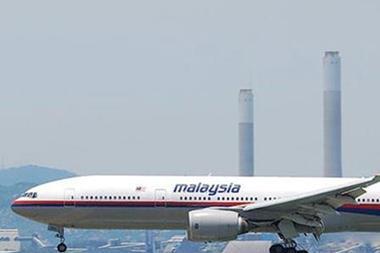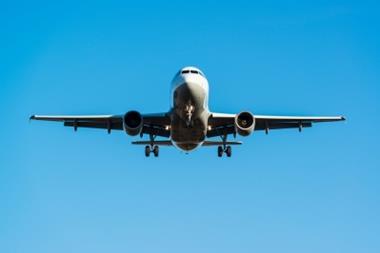Asia editor Sean Mooney on the reputational challenge facing Malaysia Airlines and wider political implications of the MH17 crisis
“What the nervous system is to the body, the brand is to a healthy organisation.” So said Terry Tyrell, ex-graphic designer and now chairman of global agency Brand Union, in 2008. At the time, the idea that a major airline would ‘lose’ a plane without a trace and then have one shot from the sky a few months later would have seemed implausible. However, fast forward to 2014, and this is exactly what happened to Malaysia Airlines. The company is therefore now having to transform itself to avoid extinction.
After the MH370 and MH17 incidents, talk in South-East Asian aviation circles revolved around how the Malaysian government’s approach to the national carrier was key to the airline’s survival. Initially, the airline and the government had to deal with public speculation that Malaysia Airlines itself had been targeted in one or both disasters. As the head of insurance at a major Asian airline told me, two fatal flights within four months is not good for business.
Now, Malaysia Airlines faces the long-term task of rebuilding the brand from the ground up, with the government’s strategic investment arm and the airline’s majority stakeholder Khazanah Nasional, which owns almost 70% of the carrier, moving to purchase all remaining shares. Delisting from the Malaysian stock exchange and a complete review and restructure of the debt-ridden airline are the next steps.
Just as rebuilding has been the subject of much discussion within the region’s risk management community, so has the importance of airlines ensuring that they monitor and assess risks on a daily basis, especially when deciding whether to fly over conflict zones. As the chairman of the Malaysian Association of Risk and Insurance Management Mohamad Bin Mohd Zain told me just after the loss of flight MH17: “From a risk control perspective, the carrier and the Malaysian government may want to review flying over airspace within an armed conflict area, which may increase the cost of operation owing to a longer route.” He added that, as a passenger, he always reviews the carrier’s safety track record before boarding a plane. Surely, he is not the only one to do so.
Beyond the personal safety side of the equation, many are widening their scope of analysis to take in the domestic political (and therefore business) implications of the Malaysia Airlines incidents. But, as StrategicRISK has reported in the past, Malaysian culture can often be disapproving of negative comments made about senior corporate or government figures (often one in the same) or the weaknesses of a company’s systems and procedures. Some Malaysia-based risk professionals have suggested that the MH370 and MH17 tragedies have been added to societal tensions and increasing anxiety about the strength of the Malaysian economy.
Beyond Malaysia’s borders, an intriguing possibility was put to me recently by Graeme Gill, the president of the International Council for Central and East European Studies and professor at the University of Sydney’s Department of Government and International Relations. He believes the MH17 disaster could catalyse the creation of an alternative world system based on the Russia-China axis working in opposition to the West. Indeed, as I write this, Western states (which believe that pro-Russia rebels shot the plane using a missile supplied by Russia) are imposing even wider sanctions on Russia.
Consider the fact that Russia and China are vehemently opposed to what they see as the US quest for hegemony and that neither has criticised the other’s recent territory ‘grabs’ in the Crimea, Diaoyu Islands and South China Sea. As Gill points out, criticism of Russia’s role in the Ukraine crisis has been notably muted from much of Asia, Africa and Latin America. Add to that the recent establishment of a new BRICs international development fund that could rival the World Bank and it becomes clear that a new world order may be emerging.




















No comments yet